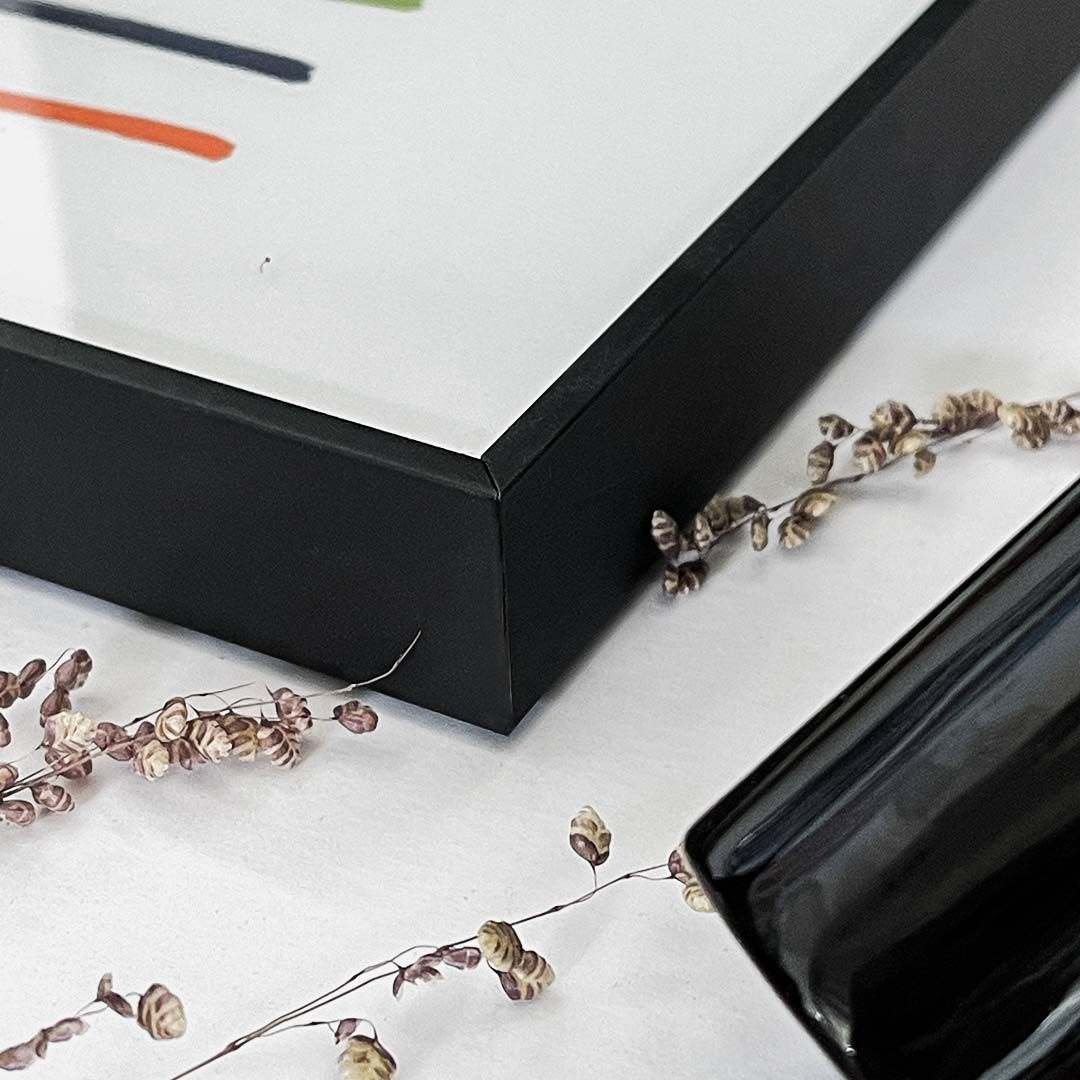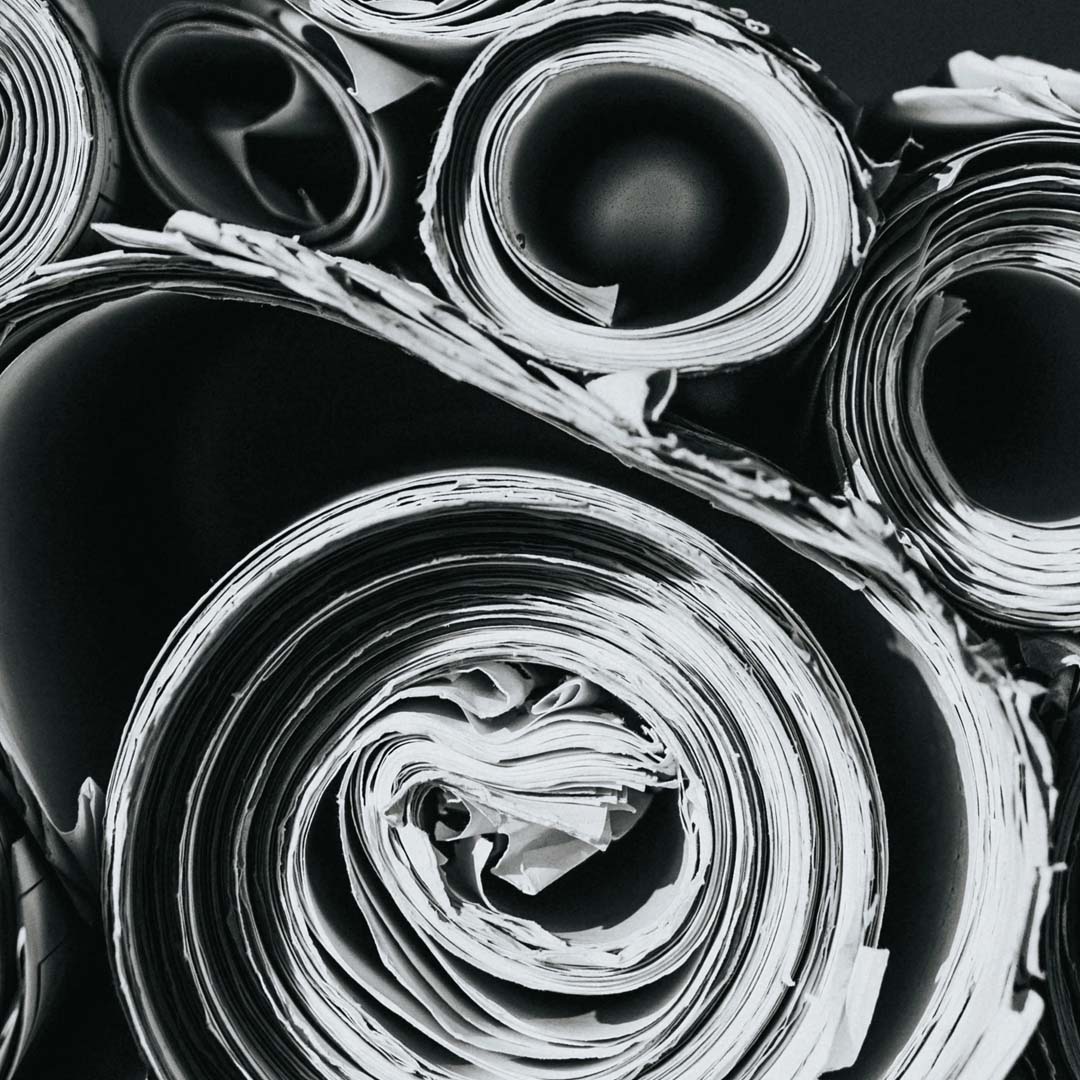Spring Clean! Cleaning Frames and Pictures

You did your homework, you bought your prints, you had them framed and you placed them beautifully. Once you have your pictures hanging where you like, you don’t want the effect of your hard work ruined by dust and dirt.
You did your homework, you bought your prints, you had them framed and you placed them beautifully. Once you have your pictures hanging where you like, you don’t want the effect of your hard work ruined by dust and dirt.
Because it’s something that’s not often in your way, the artwork is easy to overlook but it still needs a little TLC every now and again. The best way to keep your artworks fresh is to try to include them in your regular cleaning routine.
A quick run-over with a dry duster every day will keep them tidy as well as helping you check for any other blemishes that might have occurred. Gently rubbing with a damp cloth is also ok for anything not too stubborn.
For thorough cleaning, what you use will depend on what you have. This is a general guide for cleaning some of the most common materials used in framing. For best cleaning, always remove the picture from the frame before cleaning where possible. Otherwise, remember to be very careful to keep the artwork dry.

Wood Frames
Varnished wood can be cleaned using a damp cloth or polish. If you are using polish, spray a small amount onto the cloth, not the wood. Rub gently and if there are detailed areas that are proving difficult, use a soft toothbrush.
Untreated wood should be cleaned using either a damp cloth or polishing oil. Again, only gentle pressure should be used.

Metal Frames
These are generally a little more robust than wood and can stand a more thorough scrubbing. For glossy metals, a glass cleaner and a soft cloth should do the trick. Matt metals and more ornate, detailed frames have a little more texture. A terry cloth with polish or warm soapy water will get most dirt out of these.

Papier Mâché / Delicate Materials
Some older photo framing techniques used things like papier mâché for mouldings. While these may be lacquered and appear hard, they are extremely vulnerable to liquid damage, so we highly recommend only using dry, soft-bristled brushes and cloths on these.
Most importantly, whatever material you are cleaning, always test a small area on the back, first. This avoids unsightly staining on the face of the frame if you don't get it quite right the first time around.
For cleaning glass, mix 1 part white vinegar to 10 parts warm water. Spray a small amount onto the cloth and wipe it all over. Wipe again with a dry, lint-free cloth, and your glass should be sparkling. Happy cleaning!
If you are looking to get your photos framed, Draft takes the hassle out of framing your photos. Check our collection of frames, or try our city maps prints.
You may also like: How To Frame Pictures Professionally?

draft operated by Drawdeck Trading DMCC | All Rights Reserved


